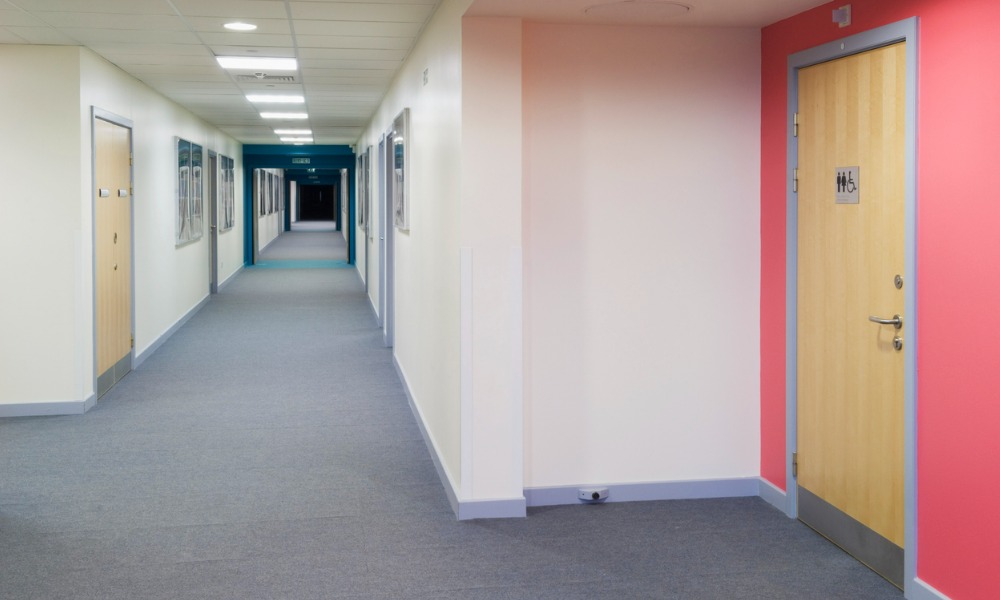
Surveillance video footage shows employees breaching school policy, judge notes

In a recent case where a student alleged sexual assault, school officials saw surveillance video footage showing that employees violated a school policy allowing only one student at a time in the bathroom by letting two other boys enter.
In the case of Victor Valley Union High School District v. The Superior Court of San Bernardino; John Doe, John Doe filed against the high school district a lawsuit alleging that fellow students sexually assaulted him in the school bathroom.
The school district had a policy requiring a student needing to use the locked lunch restroom to notify the instructional assistant, who would open the door and let students enter one at a time.
A special education teacher informed an assistant principal that students were talking about Doe and another student engaging in a sex act in the restroom.
The assistant principal and a security officer reviewed video footage that showed Doe and two other students getting up from the lunch table and entering the restroom. The assistant principal sent the school district’s risk manager a narrative report about the incident.
Fourteen days after the incident, the video footage was automatically erased. The assistant principal did not save the footage since he assumed that the security officer would do so.
The trial court made the following findings:
The school district brought a petition and a request to stay the trial court’s proceedings. The district argued that the trial court applied the wrong legal standard when deciding that the district had the duty to preserve the footage before its erasure.
The California Court of Appeal for the Fourth District, Second Division granted the school district’s petition and ordered the trial court to reconsider its decision.
A trial court could impose on the party with a duty to preserve evidence sanctions for the spoliation of electronically-stored information if it was lost or destroyed. In this case, the appellate court ruled that the trial court applied the correct legal standard of reasonable foreseeability of litigation, meaning that litigation would probably or likely arise.
However, the Court of Appeal disagreed with the trial court’s finding that the school district had a duty to preserve the video footage. If, upon reconsideration, the trial court again decided that the district should be sanctioned for the spoliation of evidence, the trial court should consider whether lesser sanctions were appropriate, the appellate court said.